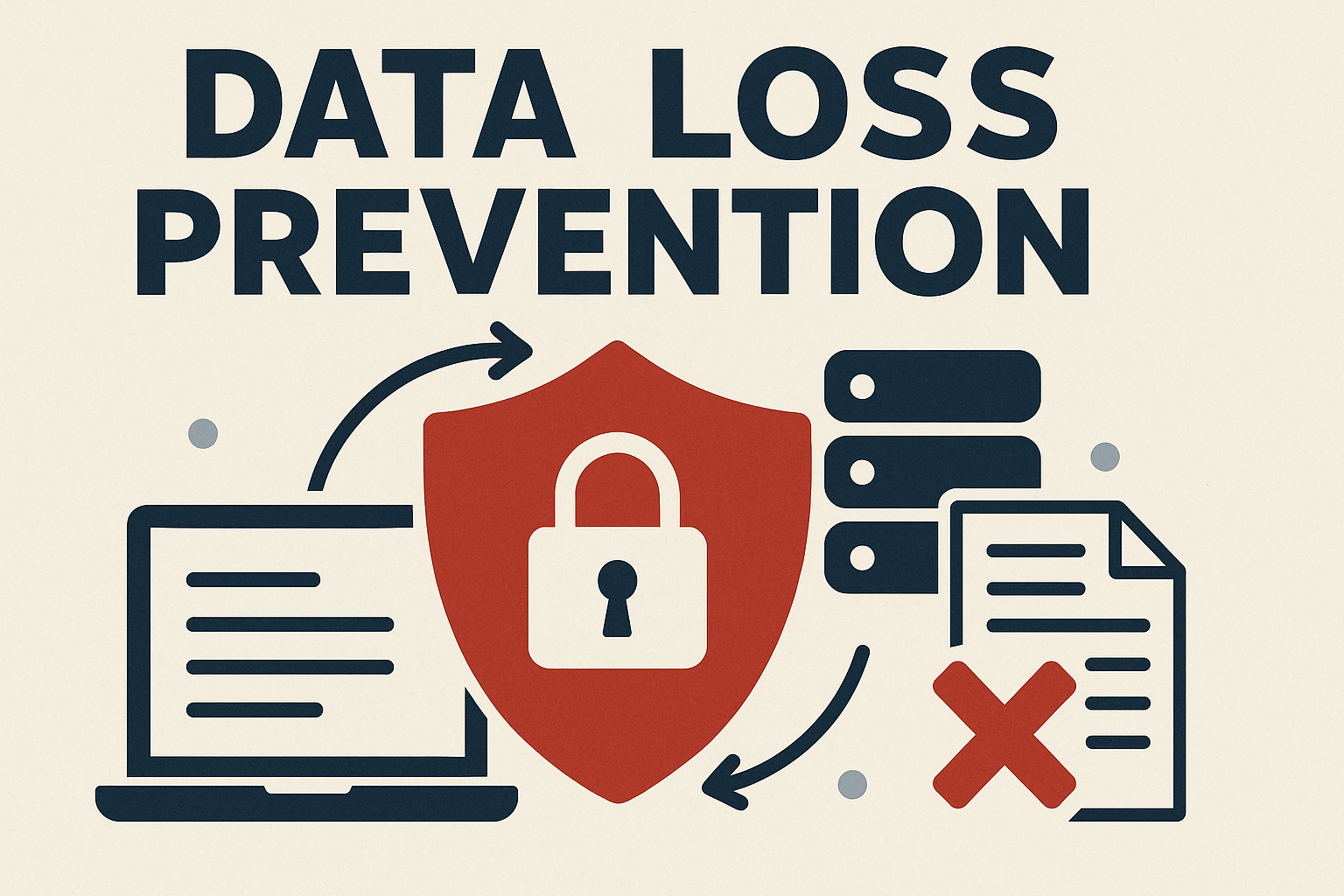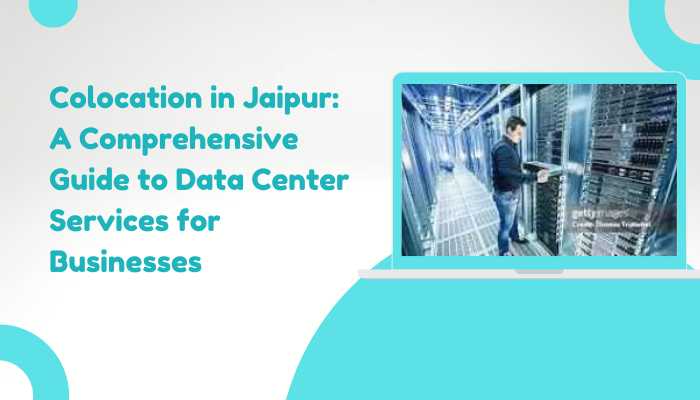Data Loss Prevention: A Deep Dive into Strategy, Tools, and the 250-587 Certification

Strong 8k brings an ultra-HD IPTV experience to your living room and your pocket.
The sheer volume of data created, shared, and stored every second is staggering. For organizations, this data is both a critical asset and a significant vulnerability. A single instance of sensitive information falling into the wrong hands can lead to devastating financial loss, reputational damage, and regulatory penalties. This is where a robust Data Loss Prevention (DLP) strategy becomes not just a best practice, but an absolute necessity for survival in the digital age.
This comprehensive guide will walk you through the intricacies of Data Loss Prevention, from its fundamental principles to the advanced administration of industry-leading solutions. More importantly, it will serve as your definitive roadmap to achieving the prestigious 250-587: Symantec Data Loss Prevention 16.x Administration Technical Specialist certification, a credential that validates your expertise and sets you apart in the cybersecurity landscape.
The Alarming Reality of Data Breaches: Why Data Loss Prevention is Non-Negotiable
Imagine the sinking feeling in the pit of your stomach when you learn that your company's confidential client data, intellectual property, or financial records have been exposed. The fallout from a data breach is a modern-day corporate nightmare. According to recent industry reports, the average cost of a data breach has climbed to millions of dollars, encompassing everything from forensic investigations and regulatory fines to customer churn and brand erosion
Data Loss Prevention is the proactive shield against this chaos. It's a strategic approach that combines technology, processes, and policies to ensure that sensitive data is not lost, misused, or accessed by unauthorized users. A comprehensive DLP program helps organizations:
- Protect Intellectual Property: Safeguard trade secrets, patents, and proprietary information that define your competitive edge.
- Ensure Regulatory Compliance: Adhere to a complex web of regulations like GDPR, HIPAA, and CCPA, avoiding hefty fines and legal battles.
- Gain Visibility into Data Flows: Understand how sensitive data moves within, and out of, your organization, identifying potential risks before they escalate.
- Enhance Cybersecurity Posture: Strengthen your defenses against both insider threats (malicious or accidental) and external attacks.
Deconstructing Data Loss Prevention: The Core Components of a Successful Strategy
A successful Data Loss Prevention strategy is not a single product but a multifaceted framework. It involves understanding your data, monitoring its usage, and enforcing policies to prevent its unauthorized egress. Let's break down the essential components:
1. Data Identification and Classification
You cannot protect what you do not know you have. The foundational step of any DLP program is to identify and classify your sensitive data. This involves:
- Content Analysis: DLP solutions scan data to identify sensitive information based on keywords (e.g., "confidential"), regular expressions (e.g., for credit card or social security numbers), and other predefined patterns.
- Contextual Analysis: The context surrounding the data is equally important. A DLP system might analyze the source, destination, application, and user associated with the data to make an informed decision.
- Data Classification Levels: Data is typically categorized into levels such as Public, Internal, Confidential, and Restricted. This classification dictates the security controls applied to it.
2. Monitoring Data in Motion, at Rest, and in Use
Sensitive data exists in three states, and your Data Loss Prevention strategy must address all of them:
- Data in Motion (Network Traffic): This involves monitoring data as it travels across the network, whether through email, web traffic, or file transfers. Network-based DLP solutions are crucial for preventing sensitive information from leaving the corporate perimeter.
- Data at Rest (Storage): This refers to data stored on servers, databases, cloud storage, and endpoint devices. DLP for data at rest scans these repositories to identify and protect sensitive files.
- Data in Use (Endpoint Actions): This is often the most challenging state to monitor. It involves tracking data as it is being accessed and used on endpoint devices, such as copying to a USB drive, printing, or pasting into an unauthorized application.
3. Policy Enforcement and Incident Response
Once sensitive data is identified, your DLP system must enforce predefined policies. These actions can range from simple notifications to outright blocking of the prohibited activity. Common enforcement actions include:
- Logging and Alerting: Notifying administrators of a potential policy violation for further investigation.
- User Notification: Informing the user that their action violates company policy, which can be a powerful tool for education and deterrence.
- Encryption: Automatically encrypting sensitive data before it is sent or saved.
- Quarantining: Moving a sensitive file to a secure location for review.
- Blocking: Preventing the action altogether, such as blocking an email with sensitive attachments from being sent.
A robust incident response plan is the final piece of the puzzle. When a DLP policy is triggered, a clear process for investigation, remediation, and reporting is essential.
Spotlight on Symantec Data Loss Prevention 16.x: The Industry Standard
When it comes to enterprise-grade Data Loss Prevention, Symantec (now a division of Broadcom) is a name that consistently stands at the forefront. The Symantec Data Loss Prevention 16.x platform provides a unified solution to discover, monitor, and protect sensitive data across endpoints, networks, and cloud services.
Mastering this platform is a significant career move for any cybersecurity professional. This is where the 250-587: Symantec Data Loss Prevention 16.x Administration Technical Specialist certification comes into play.
The 250-587 Certification: Your Gateway to DLP Expertise
The feeling of uncertainty before a high-stakes certification exam is something many professionals can relate to. The late nights studying, the pressure to perform, and the anxiety about whether you've prepared enough can be overwhelming. The 250-587: Symantec Data Loss Prevention 16.x Administration Technical Specialist exam is a rigorous test of your knowledge and skills in administering this powerful platform.
Passing this exam signifies that you have the expertise to:
- Install and Configure the Symantec DLP environment.
- Develop and Implement effective data loss policies.
- Manage and Respond to DLP incidents.
- Maintain and Troubleshoot the Symantec DLP platform.
According to the official Broadcom certification page, the exam covers a wide range of topics, from understanding the architecture to advanced policy creation and incident remediation.
Navigating Your 250-587 Exam Preparation: A Strategic Approach
The path to certification success doesn't have to be a stressful ordeal. With the right resources and a structured approach, you can walk into the exam room with confidence. The key is to bridge the gap between theoretical knowledge and practical application.
This is where targeted exam preparation becomes invaluable. The journey from reading documentation to confidently tackling complex, scenario-based questions is where many candidates stumble. You need a platform that not only tests your knowledge but also simulates the real exam environment, building your mental endurance and time management skills.
Imagine having access to a comprehensive set of practice exams that mirror the actual 250-587 test. Picture yourself working through questions that challenge your understanding of Symantec DLP administration, receiving instant feedback, and tracking your progress over time. This is the peace of mind and strategic advantage that a dedicated practice exam platform provides.
For those ready to take their preparation to the next level, the Certfun 250-587 practice exams offer an unparalleled opportunity to hone your skills. These practice tests are designed to align with the official exam objectives, helping you identify your strengths and weaknesses long before the actual test day. Don't leave your success to chance; invest in a preparation strategy that guarantees confidence and competence.
Exam Summary:
Exam Name: Broadcom Symantec Data Loss Prevention 16.x Administration Technical Specialist
Exam Code: 250-587
Duration: 90 mins
Number of Questions: 70
Passing Score: 70%
Deep Dive into the 250-587 Exam Domains
To excel in the 250-587 exam, a thorough understanding of the key domains is essential. Let's explore the core areas you'll need to master:
- Data Loss Prevention Landscape
- Overview of Symantec Data Loss Prevention
- Identifying and Describing Confidential Data
- Locating Confidential Data Stored on Premises and in the Cloud
- Understanding How Confidential Data is Being Used
- Preventing Unauthorized Exposure of Confidential Data
- Remediating Data Loss Incidents and Tracking Risk Reduction
- Enhancing Data Loss Prevention with Integrations
- Installing Symantec Data Loss Prevent
The Future of Data Loss Prevention: Trends to Watch
The field of Data Loss Prevention is constantly evolving to keep pace with new technologies and emerging threats. Here are some key trends shaping the future of DLP:
- Cloud-Native DLP: As more organizations move their data to the cloud, DLP solutions are becoming increasingly cloud-native, with deep integrations into IaaS, PaaS, and SaaS environments.
- AI and Machine Learning: Artificial intelligence is being leveraged to improve detection accuracy, identify anomalous user behavior, and automate incident response.
- User and Entity Behavior Analytics (UEBA): Integrating UEBA with DLP provides a more context-aware approach to identifying insider threats.
- Data Privacy and Sovereignty: The growing focus on data privacy regulations will continue to drive the adoption and evolution of DLP technologies.
Conclusion: Becoming a Leader in Data Loss Prevention
Mastering Data Loss Prevention is no longer a niche skill; it is a core competency for any cybersecurity professional. It requires a deep understanding of data, technology, and business processes. By pursuing the 250-587: Symantec Data Loss Prevention 16.x Administration Technical Specialist certification, you are not just earning a credential; you are making a commitment to becoming a guardian of your organization's most valuable asset.
The journey to certification requires dedication and the right resources. Embrace the challenge, leverage expert-designed practice materials like those offered by Certfun, and position yourself as a leader in the critical field of Data Loss Prevention. Your expertise is the first line of defense in the ongoing battle to protect sensitive information.
Note: IndiBlogHub features both user-submitted and editorial content. We do not verify third-party contributions. Read our Disclaimer and Privacy Policyfor details.







